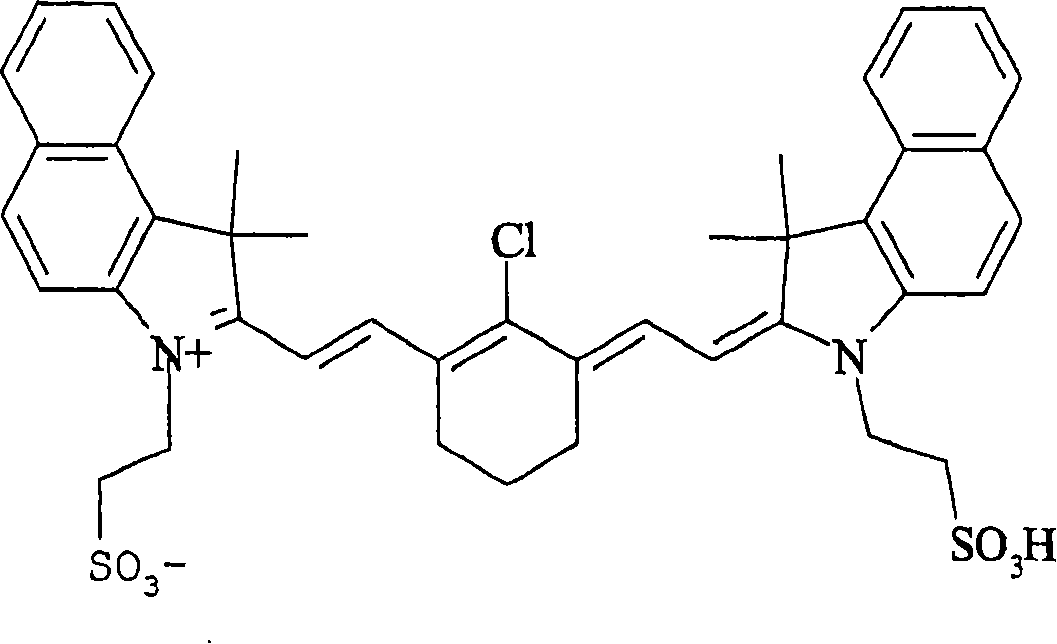Method of making lithographic printing plates
A lithographic printing and printing plate technology, applied in the field of making lithographic printing plates, can solve the problem of undesired ink acceptance trend and other problems
- Summary
- Abstract
- Description
- Claims
- Application Information
AI Technical Summary
Problems solved by technology
Method used
Image
Examples
Embodiment
[0069] Preparation of lithographic substrates
[0070] At 60°C, immerse a 0.30mm thick aluminum foil in an aqueous solution containing 40g / l sodium hydroxide for 8 seconds, and rinse it with demineralized water for 2 seconds to degrease it. Then, in an aqueous solution containing 12g / l hydrochloric acid and 38g / l aluminum sulfate (18 hydrate), use alternating current to electrochemically produce grains on the aluminum foil within 15 seconds. The temperature of the process is 33°C. The current density is 130A / dm 2 . After rinsing with demineralized water for 2 seconds, the aluminum foil was acid-etched at 70°C for 4 seconds with an aqueous solution containing 155g / l sulfuric acid to remove dirt, and rinsed with demineralized water for 2 seconds at 25°C. Then at 45℃, with 22A / dm 2 In the aqueous solution containing 155g / l sulfuric acid, the aluminum foil was anodized for 13 seconds, then washed with demineralized water for 2 seconds, and then carried out at 40°C with a soluti...
PUM
| Property | Measurement | Unit |
|---|---|---|
| particle size | aaaaa | aaaaa |
| particle size | aaaaa | aaaaa |
| particle size | aaaaa | aaaaa |
Abstract
Description
Claims
Application Information
 Login to View More
Login to View More - R&D
- Intellectual Property
- Life Sciences
- Materials
- Tech Scout
- Unparalleled Data Quality
- Higher Quality Content
- 60% Fewer Hallucinations
Browse by: Latest US Patents, China's latest patents, Technical Efficacy Thesaurus, Application Domain, Technology Topic, Popular Technical Reports.
© 2025 PatSnap. All rights reserved.Legal|Privacy policy|Modern Slavery Act Transparency Statement|Sitemap|About US| Contact US: help@patsnap.com

